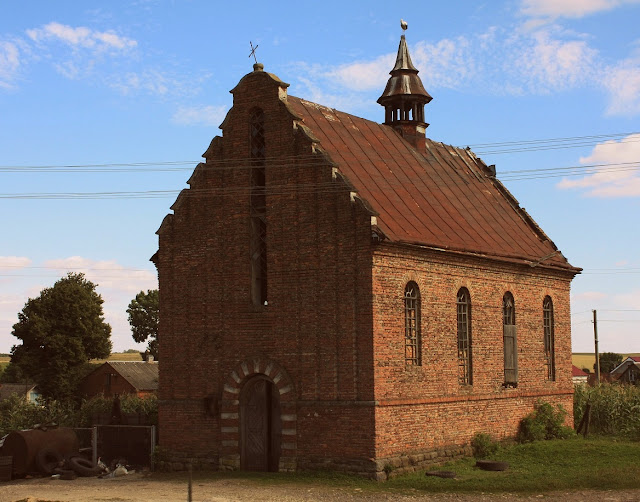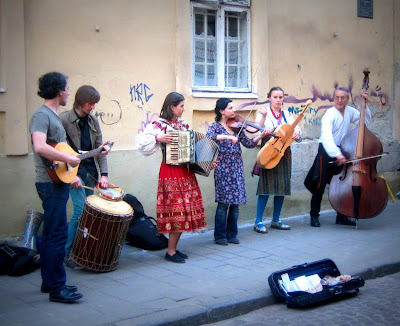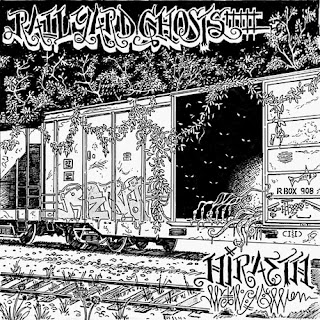Holodomor Memories

My paternal grandmother was from central Ukraine, which for centuries was under the Russian Empire, and then from 1922 the Soviet Union. As such, unlike the rest of my ancestors who lived in western Ukraine (under Austria and then Poland), they experienced the Holodomor (Famine-Genocide) in 1932-3, a man-made famine which left millions of people in Soviet Ukraine dead. Five years ago I traveled to Kamianske (until a few months ago Dniprodzerzhynsk) to meet my grandmothers sisters who were still alive. It was a very interesting experience, as it was my first encounter with relatives who were not from Galicia, and thus with relatives who had a different history, language, and culture. They shared with me stories and old photographs of my ancestors. To commemorate the victims of this horrible tragedy, I want to share my family's account of their experience of the Holodomor, for it's these personal stories which should never be forgotten. Below is an excerpt about the Holodomor...








